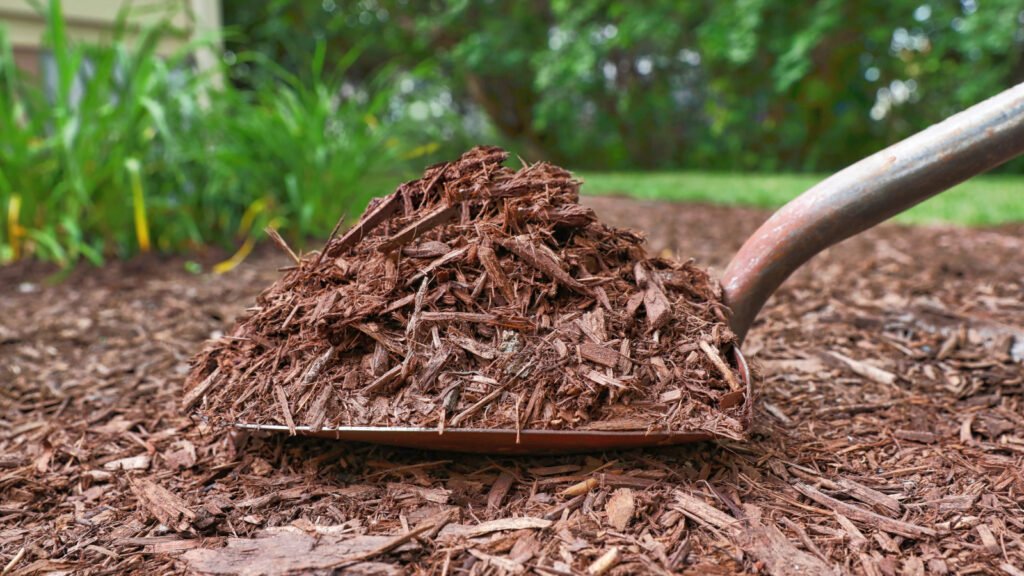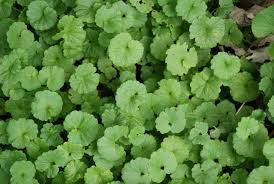
If you’ve spotted scalloped leaves weaving their way across your lawn and noticed tiny purple flowers blooming in spring, chances are you’ve met Creeping Charlie. This little plant, also known as ground ivy, has a way of charming at first glance and then turning into a nightmare as it spreads aggressively across grass and flower beds. Once it takes hold, it seems like no amount of mowing or trimming will keep it from creeping back.
I’ve battled Creeping Charlie in my own yard, and I can tell you—it tests your patience. But the good news is, you don’t need to douse your lawn in chemicals to keep it under control. There are several natural, eco-friendly ways to manage it, and with some persistence, you can reclaim your green space.
Below, I’m sharing seven methods I’ve seen work firsthand and through fellow gardeners’ experiences. Each method has its strengths, and often, the best results come from combining a few of them.
1. Hand Pulling (Root Removal)
Sometimes the simplest approach is the most effective. Hand pulling Creeping Charlie might feel like a never-ending task, but it’s one of the most direct ways to start gaining control. The key here is timing. I’ve found that after a rain or a good watering session, the ground softens up enough to loosen the plant’s creeping stolons and stubborn roots. With gloves on, you can pull out longer sections without them snapping off.
The tricky part is that Creeping Charlie has a way of clinging tightly to the soil, especially if it’s compacted. Using a garden fork or a small hand trowel helps lift the roots without leaving behind fragments that can regrow. Don’t rush through this—work in small sections so you can clear the roots more thoroughly.
Of course, hand pulling alone won’t solve the problem permanently, but it gives you a head start. It’s also a great option for smaller patches or areas near flowers and shrubs where you don’t want to risk sprays. Think of it as the foundation step before moving on to other strategies.
2. Smothering with Mulch or Tarps

Creeping Charlie can’t survive without sunlight. That’s why smothering works so well for larger patches. Covering the infested area with cardboard, newspaper layers, or black plastic deprives it of light, and within a few weeks, it starts to die off. I’ve used this trick in the corner of my yard where the weed had practically taken over, and it was surprisingly effective.
For mulching, go heavy—three to four inches at least. Wood chips, shredded bark, or straw work nicely. Over time, not only does the Creeping Charlie die, but the mulch also enriches the soil, making it easier for grass or other plants to thrive afterward. Just be patient; this method takes several weeks to show results.
If you choose to use tarps or black plastic, weigh down the edges with rocks or bricks so wind doesn’t lift them. While it might not look pretty for a while, the payoff is worth it. Once the weed is gone, you can reseed or replant the area with healthier options.
3. Adjusting Lawn Care Practices
A thin or stressed lawn gives Creeping Charlie exactly what it wants—open space to spread. Strengthening your lawn is one of the best defenses against this persistent invader. That means mowing high (around three inches), watering deeply but less frequently, and overseeding bare spots so grass fills in quickly.
Aerating compacted soil is another game changer. Creeping Charlie thrives in heavy, compact soil because grass struggles there. By aerating, you give roots room to breathe and water a chance to penetrate deeper, encouraging stronger turf. Adding compost or organic fertilizer can also give grass the boost it needs to outcompete weeds naturally.
I’ve seen firsthand how adjusting lawn care makes a difference. Once I started focusing on thickening the lawn instead of chasing weeds alone, Creeping Charlie didn’t spread as quickly. A healthy, lush lawn acts like a natural barrier, crowding out opportunities for weeds to settle in.
4. Natural Vinegar Spray

If you prefer a quick spot treatment, vinegar is a handy tool. Regular household vinegar can work on young or tender plants, but for Creeping Charlie, a stronger horticultural vinegar with around 20% acetic acid is usually more effective. Spray it directly on the leaves during a sunny day so it can burn through the plant tissue.
The catch is that vinegar doesn’t discriminate—it can kill grass and other nearby plants just as easily. That’s why I only use it in targeted areas or along garden edges where Creeping Charlie sneaks in. Shielding desirable plants with cardboard or plastic before spraying is a simple trick to keep collateral damage low.
Vinegar won’t always wipe out the roots completely, but it weakens the plant and makes it easier to pull out. It’s especially satisfying to see the leaves shrivel within hours after a good application. For me, it’s less about using vinegar as the sole solution and more about making it part of a larger plan.
5. Homemade Borax Solution (Use With Caution)
Borax is another natural method that’s been passed around among gardeners for decades. When mixed with water, it creates a solution that targets Creeping Charlie because the plant is particularly sensitive to boron. A light spray over the infested area can knock it back effectively.
But here’s the warning: too much borax can damage your soil and harm other plants for years. Boron doesn’t wash out easily, so once it’s there, it stays. That’s why I only recommend using this method for small, stubborn patches where nothing else seems to work. Always measure carefully and avoid over-applying.
If you decide to try this method, test it in a small section first. I’ve seen gardeners go heavy-handed and regret it later when nothing else would grow in the treated area. Think of borax as a last-resort natural option, not the go-to method.
6. Improve Sunlight & Drainage

Creeping Charlie loves shade and damp soil. If your lawn fits that description, you’ve probably noticed the weed spreading faster there. One natural fix is simply adjusting the environment so it becomes less inviting. Trimming back tree branches or thinning shrubs allows more sunlight to reach the ground, giving grass the edge it needs.
Improving drainage is equally important. Areas that stay wet encourage Creeping Charlie’s growth while weakening grass. Aerating, adding organic matter, or installing a simple French drain in problem spots can transform the soil conditions and make it harder for the weed to return.
This method might take more upfront effort, but it pays off in the long run. Once the conditions shift in favor of healthy grass and other plants, Creeping Charlie loses its advantage. I’ve noticed that even a modest increase in sunlight made patches in my yard noticeably less aggressive.
7. Encourage Ground Cover Alternatives
Sometimes, the best way to deal with Creeping Charlie is to fight ground cover with ground cover. Replacing it with plants that are more desirable and equally aggressive can keep it from returning. Options like creeping thyme, clover, or low-growing native grasses not only look beautiful but also choke out weeds naturally.
I love clover as an option because it enriches the soil with nitrogen while staying lush and green. Creeping thyme, on the other hand, adds fragrance and charm, especially when it flowers. These alternatives can handle the spreading habit without becoming as invasive as Creeping Charlie.
By intentionally planting ground covers, you shift from constantly battling weeds to creating a space that thrives on its own. It’s a more sustainable, long-term solution that fits perfectly if you don’t mind stepping away from the traditional lawn look.
Prevention Tips
Even after you’ve cleared Creeping Charlie, staying on top of lawn care makes a big difference in keeping it away. Regular mowing, deep watering, and feeding your lawn with compost or organic fertilizer helps grass maintain its strength. Overseeding every year or two fills in thin spots, leaving less room for weeds to sneak in.
I also recommend walking your yard regularly and checking for early signs of Creeping Charlie. Catching a few vines before they spread saves hours of work later. Consistency here is more important than any single method.
Think of prevention as the maintenance stage—it keeps all your earlier hard work from going to waste.
Final Thoughts
Getting rid of Creeping Charlie isn’t about one magic trick—it’s about persistence and the right combination of strategies. Some days it feels like the weed has the upper hand, but with steady effort, you’ll see your lawn and garden slowly reclaim their space.
What I like about these natural methods is that they don’t just target the weed; they improve the overall health of your yard. By pulling, smothering, adjusting lawn practices, and even planting alternatives, you create an environment where Creeping Charlie struggles to survive.
At the end of the day, beating this stubborn invader is less about quick fixes and more about working with nature. And honestly, watching a healthier, greener yard take shape without harsh chemicals is one of the most rewarding parts of gardening.

